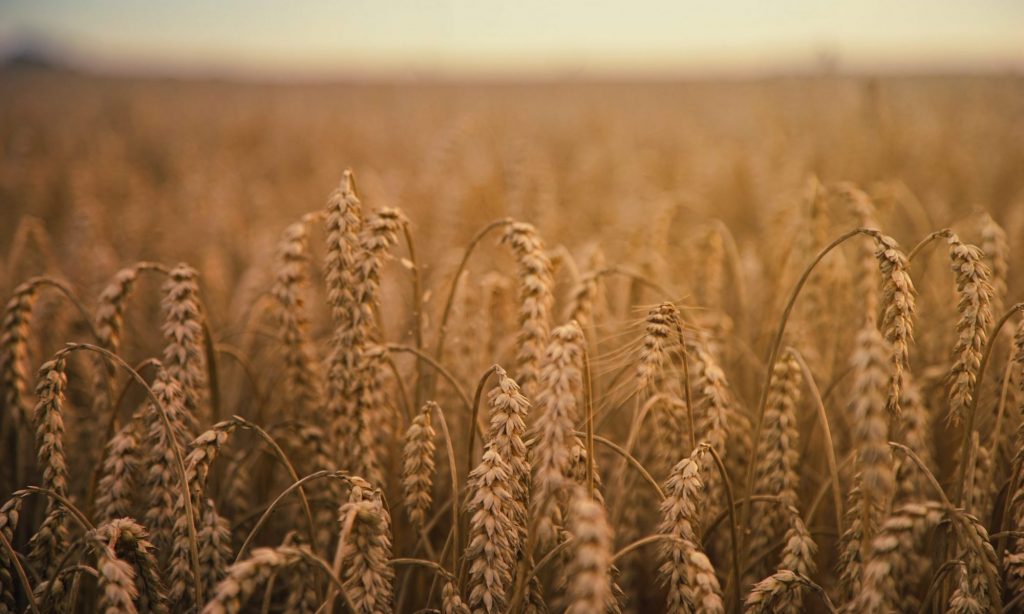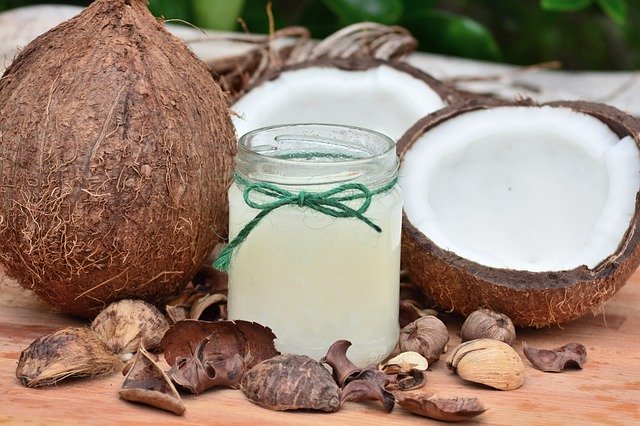Most people have limited storage space in their kitchen cupboards, pantry or basement. While the average person probably never makes use of their full storage capacity, we as preparedness-minded people are different in that regard. If you seriously prepare for large-scale crop failures, chances are you will quickly reach the limits of your space designated for food storage. Limited storage capacity is the reason why you have to decide wisely on which foods to store. The information below will hopefully help you with your choice.
If you don’t seriously prepare for large-scale crop failures yet, you have to check out our post about why you absolutely should!
What to look for in emergency foods
Let’s take a look at some important criteria for emergency foods.
Calorie Density
In our post about how much food storage you need, I talk about the number of calories you need per day and how hard it is, to actually cover them.
This is why you should choose foods with a high calorie density for your main staple of supplies.
Rice, wheat, and corn feed the world and they are highly threatened by climate change and the resulting extreme weather events! Stock up on your calories now.
Nutritional Composition
All foods contain macro- and micro-nutrients. The three macronutrients protein, carbohydrates, and fats are basically what we live off. All of them can be metabolized into energy and keep your body going. On top of that, protein and certain types of fat are essential for our body to function properly (I’m sure you have heard of essential amino and fatty acids before).
Micronutrients are all the nutrients we need but which do not contribute energy to our system. They are mainly different vitamins and minerals.

Make sure the food you store has a good composition of macronutrients with a decent amount of protein, fats, and carbohydrates. Calories are key!
Micronutrients are nice to have but secondary to macronutrients.
Why?
Firstly, you can go a long time without most micronutrients before you feel negative effects on your body.
Secondly, micronutrients are far easier to gather in sufficient amounts from wild plants than macronutrients.
Lastly, you can store micronutrients very compactly in vitamin pills. A few bottles of vitamins will last you for many months and will take up very little space.
Shelf Life
Foods with a long shelf life can be kept in larger quantities for a rotating storage system without wasting any.
While you should have a rotating system for all of the foods you use, it is nice to have food storages you can simply put up on a shelf and forgot about until you need them. Some foods will last more than 20 years if stored properly but more on that later.
Easy to Prepare
Another thing to take into consideration is how easy a certain food is to prepare. Some foods may have great nutritional value but will take a long time and / or much energy and water to become edible. Other foods can be eaten raw and are thus the better option in some emergency scenarios. Make sure to have quite a few of those for when you have no time to cook.
Versatility
Some foods can be used for more purposes than just eating. Some cooking oil’s for example make excellent fuel or can be used as skin products. Other foods can also serve to feed different livestock or pet animals. While this is not the highest priority it should be taken into consideration if you keep animals.
The 7 Best Foods for Your Emergency Storage
1 – Wheat
There’s no doubt that grains are feeding the world. In the Western world, wheat or similar grains like rye and spelt have been the major pillar of food supply for centuries. Almost everyone eats bread, pasta, or cereals on a daily basis.

One of the major advantages of wheat is its cheap price. You can get entire bags full of wheat that can feed you for weeks for the price of a meal at a restaurant. Expect this to change in the near future though. Crop failures from flooding, droughts, and supply chain disruptions will increase the price of basic foods!
Another good thing about wheat is the long shelf life. Store whole grains in closed containers and they will last for years under the right conditions. Put them in Mylar bags with oxygen absorbers and they will last you decades!
On the downside, wheat and similar grains usually require processing before they are edible. My recommendation is to store wheat but also get a good grain mill to be able to make your own flour. This will even save you money in the long run.
2 – Rice
What wheat is to the Western world, rice is to Asians. White rice is ideal for storage whereas brown rice has a better nutritional value. While similar in calories, white rice also has a slightly worse nutritional composition than wheat. On the other hand, it’s very easy to prepare and just as cheap as wheat. Another benefit if you have someone in your family suffering from the celiac disease: rice is gluten-free!
3 – Buckwheat
Despite its name, buckwheat is not related to regular wheat. Even though it’s a basic food in Russia and Eastern Europe, it’s not very common or popular in the rest of the world. For me personally, buckwheat is one of my favorite prepper foods!
It contains many valuable nutrients and it’s easy to prepare. If you are running low on fuel you can even prepare it in cold water. Just soak it for about eight hours and it will be good to eat. You can also grind it in a mill and substitute some of your regular flour with buckwheat flour. The only real downside is that it is more expensive than regular grains like wheat and rice.
4 – Oats
Oats are another great addition to any emergency food storage. Using a grain roller, they can be turned into rolled oats which you can use as the base ingredient for various delicious porridges. Oats also have some health benefits over wheat. They generally contain very little gluten and there are even gluten-free varieties out there for those who react badly to it.
5 – Corn
Corn, or maize, is a grain with many different applications. Most commonly it is used for livestock fodder or industrial processing. Some varieties are good for storage and human consumption. Especially flour corn can be a useful addition to your food storage. It’s cheap and can be processed to corn flour. While it does bring some variety to your kitchen, I don’t keep much of it in my personal food storage though as it is not as commonly and cheaply available in Central Europe. This may be different if you are located in North America.
6 – Coconut Oil
Coconut oil is probably not something you would expect on a list of best foods for long-term storage. Bear with me for a minute though. Coconut oil is pure fat which means it has a ton of calories. It can be used for many different purposes in the kitchen. You can use it as a frying oil but also for baking and cooking. It contains many healthy fatty acids that are easy to digest and even have antibacterial properties. Put two big spoons of it in a bowl of oats and pour hot water over it and you have a meal!

Besides its application in the kitchen, you can also use it for making skin products or ointments. This makes it a valuable addition to any prepper pantry!
7 – Beans
You are maybe wondering why I’m only now listing beans. There are many different beans and dried, they can be stored nearly as long as grains. Many beans are very nutrient-rich and can make a great addition to meals. There is one big downside though. Like all legumes, beans contain also anti-nutrients and starchy fibers that can make them hard to digest. That’s why you should make sure that you tolerate them well before you store any kind of beans in bulk.
My recommendation would be to choose kidney or pinto beans. They contain a lot of protein and can help you cover your daily requirements.
Best ways of storing your food
All of the foods mentioned above can be stored for several years if kept in a dry, cool place or in an airtight container. Coconut oil is usually sold in jars that are perfectly sealed.
Simply implement a rotating system (which you should have in place anyway) and you can store many months’ worth of these foods without the risk of anything turning bad.
If you are looking to further extend your storage, you can put all the dry, raw foods into mylar bags and vacuum seal them with oxygen absorbers. Mylar bags are sturdy and remain 100% airtight over long periods of time. Stored this way, these foods will last you for decades. I absolutely recommend having an emergency food supply in mylar bags.

You can download our free Mylar Food Storage Guide below!
Start storing food now!
I said it before, but it cannot be said often enough: NOW is the time to start with your food storage. Extreme heatwaves in the Arctic disrupt the jet stream more and more often. This will only increase the risk of stationary weather patterns and extreme weather events like flooding, droughts, and wildfires. It is hard to stay optimistic when you follow the current events, so take my advice to heart. Start storing food while it’s cheap and plentiful!

